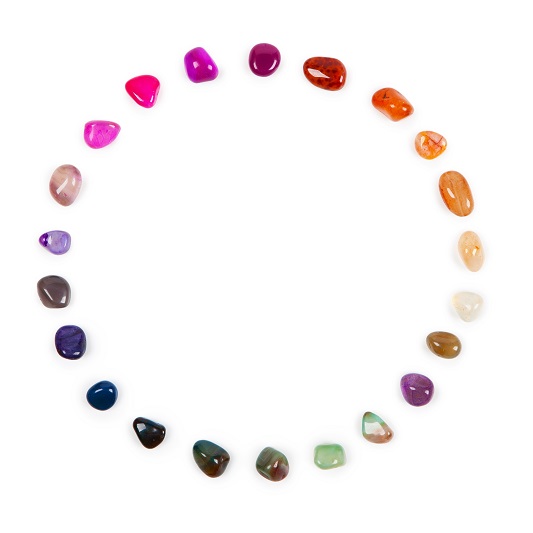When and How to Insure Your Jewellery

Favourite Jewellery for Men
4th October 2018
Why is jewellery a good gift for your loved one?
18th October 2018No matter how old you are, getting a new piece of jewellery is exciting. However, if your new accessory was pricey, you may find yourself worrying about what could happen to it. Expensive jewellery is often delicate and prone to getting lost or stolen if you’re not careful with it. Thankfully, jewellery insurance is there to make sure your piece can be fixed or replaced if the worst should happen. In this article, we explore when and how to insure your jewellery.
What Type of Jewellery Should be Insured?
In short, you should insure any jewellery that is valuable to you. It’s important to note that jewellery doesn’t have to be expensive to be valuable. If your piece holds emotional value, insurance will ensure it can be repaired if necessary.
Of course, it makes sense to insure jewellery with a high monetary value, too. If you’re wondering whether or not to get it insured, consider whether you could easily replace it with out-of-pocket money if it got lost. For instance, if you splashed out £5,000 on a custom piece, it’s unlikely that you’ll have that sort of money lying around to replace it. Even if you can scrape the money together, insurance will give you peace of mind that it can quickly be replaced, without leaving you out-of-pocket. While valuables may be included in your home insurance, jewellery insurance will usually cover more as it’s designed specifically for that purpose.
How Does Jewellery Insurance Work?
Jewellery insurance works just like other insurance policies. For instance, if you want to insure a £8,000 watch, the first step is to get a quote from an insurance provider. This can be completed before you purchase your jewellery – providing that you know the estimated value. If you’re happy with the quote, you will need to provide an appraisal before buying the policy. For this stage, you will need to have purchased your watch. The appraisal will confirm how exactly much the piece is worth.
When getting a jewellery insurance quote, read through the terms and conditions before buying your policy. Be sure to check what coverage the quote includes and enquire about excess charges. If you need to make a claim, the excess is how much you will need to pay towards the repair or replacement. Like most insurance policies, jewellery insurance will have both voluntary and compulsory excesses. Typically, the higher the voluntary excess, the cheaper your premium will be. However, remember that you’ll have to pay this if you need to make a claim, so make sure the excess is affordable. When getting your quote, it’s worth asking if the company offer any discounts. For instance, some companies offer discounts to the emergency services and military personnel.
Getting Your Jewellery Appraised
As mentioned previously, you’ll need to get your jewellery appraised before buying insurance. An appraisal is a report created by a professionally trained jewellery expert. As well as providing an estimate of the appraised value, an appraisal includes a description of the jewellery.
When you purchase a new piece of jewellery, the jeweller will often provide an appraisal. This can then be given directly to your insurance company. However, if the jewellery you want to insure is something you’ve owned for a while, you’ll have to pay for a jewellery appraisal. Even if you kept the original appraisal for the piece, it’s likely to be invalid if you’ve owned the piece for a few years.
The cost of the appraisal will depend on where you get it done. It’s important to use a reputable and professionally trained jewellery expert to ensure the report is accurate. Most jewellers will be qualified as appraisers, so it should be easy to find somewhere that does it. Before paying for your appraisal, get quotes from a few different jewellers to find the best deal.
Once your jewellery is insured, it’s important to get it appraised every few years. As the value of gemstones can change over time, the amount of coverage you need may differ. Although getting your jewellery re-appraised may feel pointless, if your piece has gone up in value your policy may not cover the full amount anymore. This means that if you do need to make a claim, you may have to foot the bill yourself.
What Does Jewellery Insurance Cover?
When buying your insurance, choose a policy that provides comprehensive coverage. Make sure that accidental damage, loss, and theft are all included. If you’re willing to pay a little more, choose a policy that covers ‘mysterious disappearance’, or as it’s better known, an unexplained loss. To make your life easier, choose a policy that allows you to work with a jeweller of your choice as opposed to one of theirs. This way, you can take your jewellery to repaired yourself, rather than sending it through the post.
How Much Does it Cost?
The cost of jewellery insurance can vary based on the value of the jewellery, where you live, and which insurance company you choose. Typically, though, the coverage will cost around 1-2% of the value of the piece.
In Summary
Although nothing can completely replace a treasured piece of jewellery, jewellery insurance can offer the next best thing: a repair or replacement of your jewellery should it get lost or damaged. Take time to find a suitable policy, and carefully read through the terms and conditions before committing. Now that you know what to look for, insuring your jewellery doesn’t have to be a chore. Remember that you’re doing it to protect your favourite accessory, whether that’s your engagement ring, wedding band, or a sentimental family heirloom.




